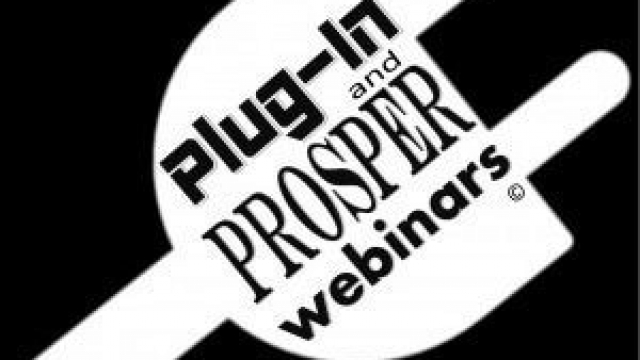In a proposed plan by the White House, more exempt employees will be eligible for overtime compensation.
Not long ago I wrote a piece on the impact of increasing wages through both higher minimum wages and entry level wages in Is Your Business Prepared for the $15-An-Hour Entry Level Worker? Now, you should not only consider the impact of rising wages for hourly workers, but also potential wage impacts related to exempt employees. The proposed plan by the White House would raise the threshold of wages in which exempt works are eligible for overtime compensation.
The Proposal
A recent White House Proposal will increase the number of exempt employees eligible for and entitled to compensation for overtime work beginning in 2016. The new regulation increases the minimum pay for overtime-eligible exempt employees from $455 a week to $970 a week, or $23,660 to $50,440 on a yearly basis.
Currently, hourly and salaried employees making under $455 a week or $23,660 a year are generally eligible for overtime compensation for hours worked in excess of 40 per week. If this proposal goes into effect, it will increase the eligibility for salaried employees making up to $50,440 a year to be eligible for overtime compensation. This will more than likely have an effect on most department managers and some administrative personnel currently employed at senior living communities who have previously been ineligible for overtime due to their exempt status.
Changes To Be Considered
If the proposal is approved, this will create a need to start doing a few things differently for the exempt employees making under $50,440 per year. The first thing would be to start tracking these newly eligible employees’ time closely, even if they work off-site or from home. If the employee consistently works overtime, the changes that can be considered will include: whether to institute a no more overtime policy, increase the employees pay to $50,500, or convert them to an hourly rate and adjust for overtime normally worked.
Policies for communicating with these employees during off hours by phone, text, or email will also need to be evaluated. It would also be prudent to consider the impact of employees who might cover for others due to no-calls, no-shows, or other absences. If the coverage situation happens at the end of the scheduled work week, then this employee would more than likely have already worked enough hours to be eligible to an overtime situation.
Definitive Action is Needed
It may be tempting for management and employees alike to take a laid-back view on this emerging situation. If you don’t get anything else from this article, the one piece of information you should remember is this: I can assure you that you will be better off planning ahead for the proposed rule change. Don’t be tempted to procrastinate, and don’t simply make a handshake agreement with an employee and think that nothing needs to be changed because everything will work out in the long run. Unfortunately, it doesn’t always work out, and the cost can add up. The cost of the overtime work, penalties, time other employees will spend on this, and possible litigation will cost you more than it would have to initially just do be prepared from the start. Not to mention the hassle of having the Labor Department in your business for goodness knows how long.
Be Proactive
Let MDS help you evaluate the possible impact of wage increases in your community. I can work with you and your team to calculate your financial expose based on potential changes in over-time regulations for exempt employees. A proactive approach will allow us to develop alternative pay plans and work schedules to minimize the financial and service impact on your organization.
While we don’t know where minimum and entry level wages will eventually land, I will also help your team run “what-if” scenarios based on several factors to estimate the impact of multiple levels of increase. Putting this all together will help guide management’s approach to evaluating and setting monthly service fees, and service packages designed with minimal impact to the organization, its residents, and staff members.
Don’t procrastinate on these important wage-related issues. There is still plenty of time to design a well-rounded solution that has minimal impact to your organization.
As an update to the entry level worker pay story, the New York Wage Commission has endorsed the planned hike in fast food workers to $15 per hour.
Roy Barker is Director of Special Projects at Moore Diversified Services, a Fort-Worth, Texas-based organization specializing in operations analysis, marketing development, and investment advisory services. Roy is an authority in the field of employee turnover analysis and retention strategies.


















